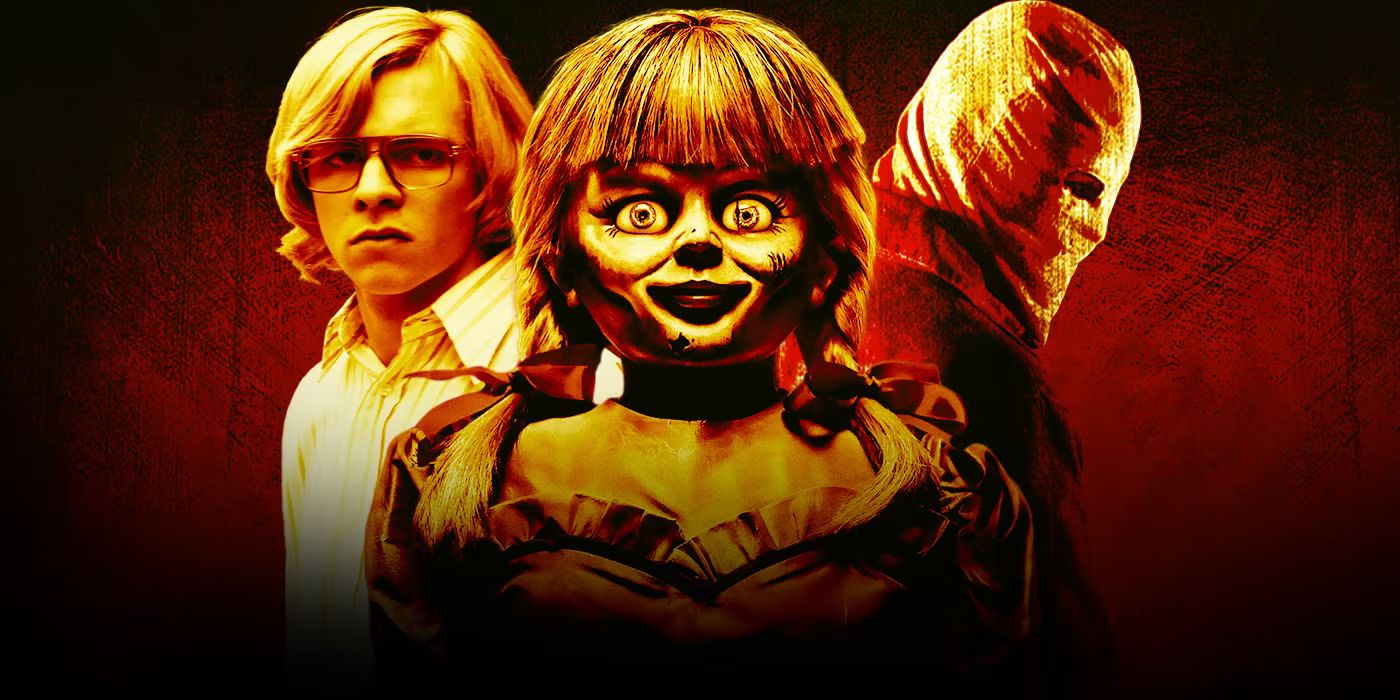
Horror movies often serve as a release, a space where we confront our deepest fears from the safety of our screens, typically assured that the forces of good will, in the end, overcome the encroaching darkness. There’s a comforting predictability to seeing the hero emerge victorious, the monster vanquished, and order restored to a chaotic world. It’s the classic “Hollywood ending,” where villains are brought to justice, and clear-cut victories provide a sense of closure.
Yet, a particularly unsettling, and perhaps more thought-provoking, subgenre of horror boldly defies this convention. In these films, the comforting narrative arc is brutally severed, leaving audiences with a lingering sense of dread and hopelessness. The characters we invest in, despite their valiant efforts, ultimately succumb to the relentless grip of a monster, a curse, or a terrifying, unstoppable force.
These are the tales where darkness unequivocally prevails, challenging our ingrained belief in clear-cut victories and reminding us that sometimes, evil can indeed be unstoppable. For those seeking a deeper, more unsettling dive into the genre, we’ve compiled a list of 13 horror films where the bad guy truly wins, leaving an indelible mark long after the credits roll.
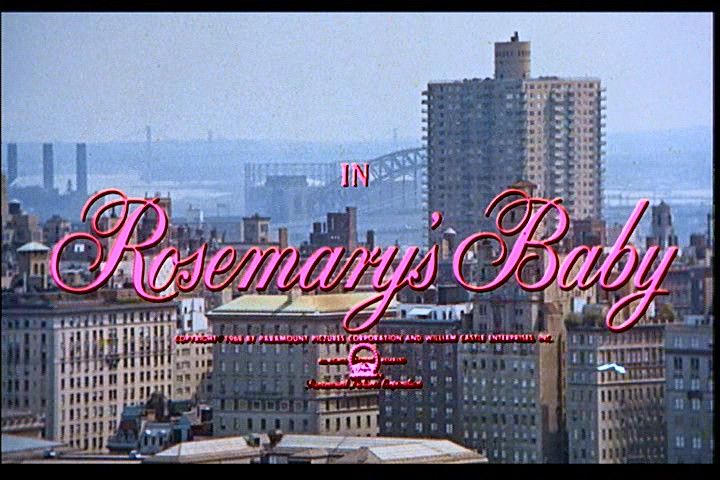
1. **Rosemary’s Baby (1968)**
Roman Polanski’s psychological horror masterpiece, Rosemary’s Baby, plunges viewers into a chilling narrative of satanic conspiracy. It centers on Mia Farrow’s portrayal of Rosemary Woodhouse, a young married woman whose life takes a terrifying turn after her husband, John Cassavetes, unknowingly arranges for her to be impregnated by the Devil while she is supposedly asleep. The film meticulously builds suspense as Rosemary’s suspicions grow, only to be met with constant assurances from those around her that she is simply paranoid, an unsettling gaslighting that adds to her isolation.
Despite Rosemary’s desperate and valiant attempts to protect her unborn child, the film culminates in the undeniable triumph of the cultists. The most horrifying revelation arrives after her delivery; she is told her baby was stillborn, but then she awakens to the chilling realization that her infant is alive, and she has just given birth to the Devil’s own son. This victory of evil is profoundly disturbing, as it corrupts the most sacred of bonds, that between mother and child.
The satanic cult not only achieves its insidious plan but masterfully manipulates Rosemary into accepting her new, horrifying role as the mother to the Antichrist. This particular horror movie, where the bad guy wins, is remarkable not for its use of brute force but for its nuanced display of victory achieved through careful manipulation and immense social pressure. Its unsettling ending continues to resonate decades later, cementing its place as an influential film in the horror genre and a stark reminder that sometimes, maternal instincts can be twisted to serve the very evil they fought against.
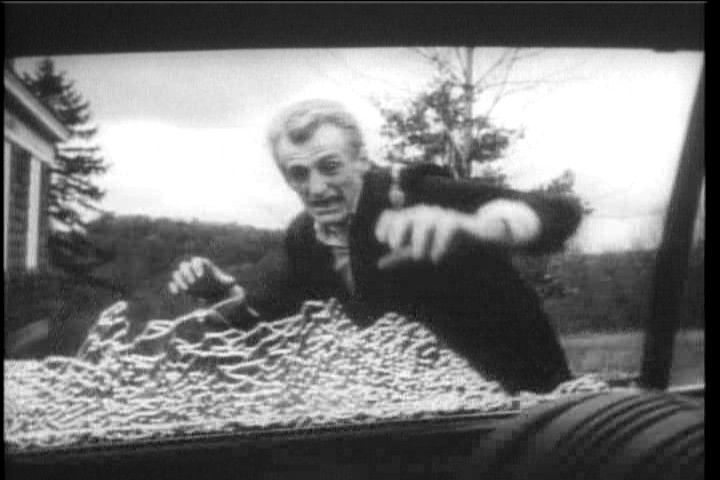
2. **Night of the Living Dead (1968)**
George A. Romero’s landmark black-and-white classic, Night of the Living Dead, may not have been the very first zombie film, but it undeniably launched an entire genre that would inspire countless copycats for decades to come. This independent horror film earned over 250 times its budget, earning widespread praise and ultimately securing its place in the US National Film Registry, a testament to its cultural significance and enduring impact.
The film unfolds during a sudden zombie invasion in Western Pennsylvania, where a terrified woman, Judith O’Dea, is rescued by a heroic black man, Duane Jones—a portrayal that was notably rare for cinema at that time. Together, they board themselves up inside a house, desperately hoping to fend off the relentless onslaught of the living dead. Their efforts are fueled by a primal need for survival, painting a grim picture of a world collapsing around them.
However, the film delivers a gut-wrenching blow in its conclusion. Just when it seems that the immediate zombie threat might have been quelled, the heroic black man is tragically mistaken for a zombie by vigilantes and shot dead. In a profoundly bleak turn, this ending solidifies the notion that everyone, in a way, loses in Night of the Living Dead, highlighting the overwhelming and indiscriminate nature of the threat, where even those who survive the direct attack fall victim to other dangers, leaving a powerful and cynical statement on the triumph of chaos.

3. **The Wicker Man (1973)**
In the chilling British folk horror movie, The Wicker Man, a devout Christian detective, played by Edward Woodward, embarks on a perilous journey to a remote island named Summerisle. His mission: to rescue a missing girl, a task that quickly devolves into a desperate struggle for survival. Upon his arrival, the detective finds himself utterly out of his element, a complete fish out of water in a community that openly mocks his superstitions.
He is surrounded by the island’s pagan inhabitants, who practice an openly carnal lifestyle and hold beliefs starkly contrasting his own. Lord Summerisle, portrayed by Christopher Lee, masterfully leads this mysterious pagan cult, weaving a tapestry of ancient rituals and unsettling traditions that slowly ensnare the unsuspecting detective. The film meticulously builds an atmosphere of dread, gradually revealing the sinister nature of the islanders’ customs.
The horrifying climax reveals the true purpose of the detective’s unwitting journey to Summerisle. He realizes with dawning horror that he is not there to rescue anyone, but rather to be offered up himself as a fiery human sacrifice, intended to appease the pagan gods. The triumphant, chilling ending firmly establishes the victory of the cult and their ancient beliefs over the detective’s desperate attempts at salvation, leaving a lasting impression of inescapable doom and the triumph of ancient, dark practices.
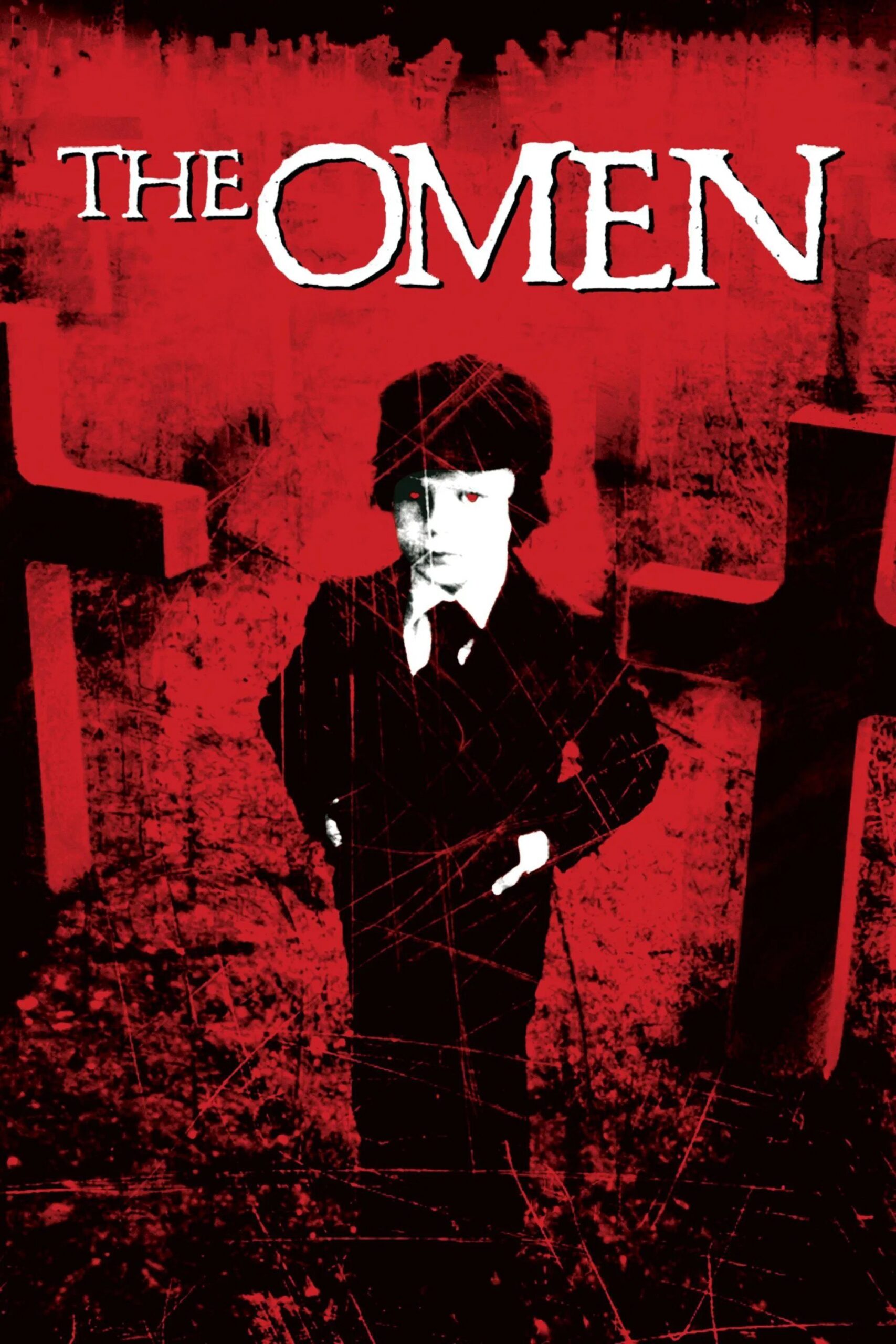
4. **The Omen (1976)**
The Omen, a seminal work among the Satanic blockbusters of the late 1960s and mid-1970s, stands alongside classics like Rosemary’s Baby and The Exorcist in its powerful portrayal of evil’s triumph. This box office sensation was one of the highest-grossing films of 1976 and deservedly won an Academy Award for Best Score, a testament to its widespread impact and critical acclaim. The film masterfully crafts an atmosphere of creeping dread, beginning with mysterious deaths that inexplicably surround an American ambassador.
The central horror of The Omen revolves around the unsettling possibility that the child the ambassador is raising, Damien, could actually be the Antichrist—the Devil’s own son. Gregory Peck delivers a compelling performance as Robert Thorn, the man who adopts the seemingly innocent infant, only to slowly and horrifyingly realize the true, sinister identity of the boy he has brought into his home. Robert’s desperate attempts to control Damien are met with futility, as he tries everything, even forcibly dragging the boy into a church.
However, all of Robert’s efforts prove to be in vain, culminating in a tragic and chilling defeat. Robert is ultimately killed while bravely attempting to end the life of his adopted child, fulfilling a dark prophecy. The film closes on an alarming image: we last see Damien, the embodiment of triumphant evil, attending his parents’ funeral, a sinister smile gracing his lips as he stands chillingly alongside the President of the United States, cementing the Devil’s ultimate victory in a horrifying display of cosmic power.
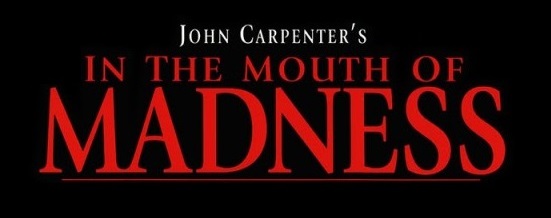
5. **In the Mouth of Madness (1994)**
John Carpenter’s In the Mouth of Madness is an absolutely masterful H.P. Lovecraft-inspired tale of cosmic horror, delivering a chilling narrative where sanity slowly unravels. The film follows Sam Neill as John Trent, an insurance investigator dispatched to a secluded small town. His mission is to look into the perplexing disappearance of acclaimed horror author Sutter Cane, portrayed by Jürgen Prochnow, and to retrieve Cane’s eagerly anticipated final novel, a manuscript rumored to possess an uncanny power over its readers.
Cane’s books are said to profoundly affect the mental state of anyone who reads them, blurring the lines between fiction and reality. Despite Trent’s initial skepticism and professional detachment, he soon finds himself inexplicably drawn into a terrifying world of madness and monstrous entities, a world seemingly conjured into existence by Cane’s words. The film expertly blurs the lines between reality and delusion, creating a pervasive sense of existential dread that mirrors the very themes of Lovecraftian horror.
In the Mouth of Madness is the third installment in Carpenter’s thematic “Apocalypse Trilogy,” following ‘The Thing’ (1982) and ‘Prince of Darkness’ (1987). While all three films conclude with an ominous sense of foreboding, ‘In the Mouth of Madness’ goes the furthest in unequivocally establishing the triumph of cosmic evil. It firmly cements the fact that the bad guys, or rather, the incomprehensible, world-altering forces of madness, definitively win, leaving humanity utterly helpless against the encroaching chaos and the ultimate victory of the sinister power unleashed by Sutter Cane’s insidious prose.
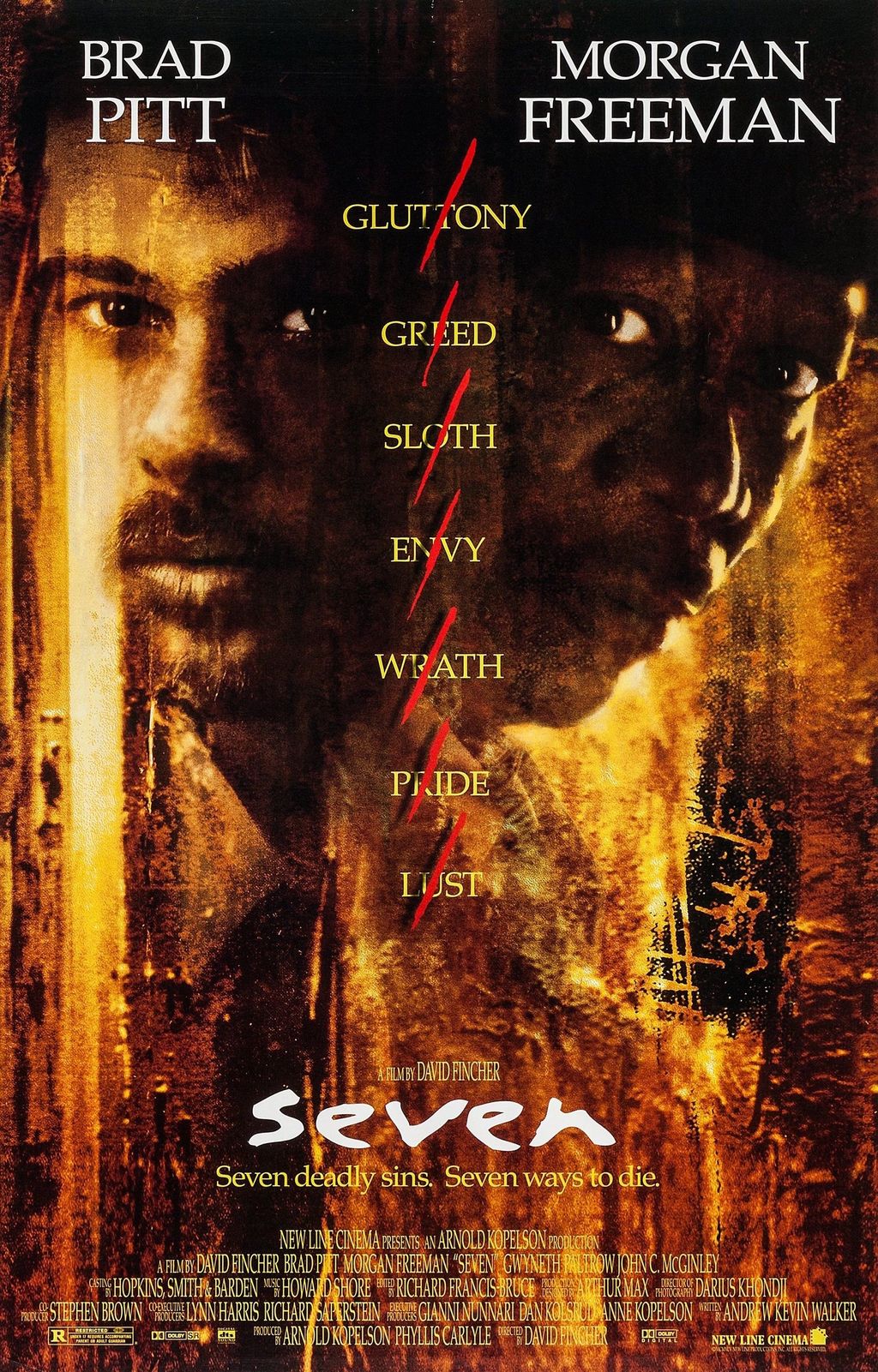
6. **Se7en (1995)**
Se7en stands as a profoundly dark and disturbing detective movie that delves into the depths of human depravity, ultimately showcasing a chilling triumph of evil. The film stars Brad Pitt and Morgan Freeman as two starkly different partners, Detectives Mills and Somerset, respectively, who are desperately trying to track down a meticulous serial killer. This killer’s horrifying modus operandi is to select his victims based on the seven deadly sins, each murder a grotesque sermon designed to shock and provoke.
For a fleeting moment, as the relentless investigation unfolds, it appears that Se7en might offer a glimmer of hope for a conventionally satisfying resolution. The serial killer, chillingly portrayed by Kevin Spacey, unexpectedly turns himself in, creating a false sense of impending justice. This act, however, is merely another calculated step in his grand, malevolent design, a final, twisted flourish intended to complete his horrifying masterpiece of crime.
But the killer’s surrender is merely a prelude to his ultimate, terrifying triumph. Leading the detectives to his final victim, the killer achieves his grim victory when he successfully provokes “wrath” from one of them. In a shocking and indelible climax, he is shot dead, yet his death ultimately completes his planned series of seven murders, making his horrific vision a reality. This dark conclusion ensures that evil decisively wins, leaving the detectives broken and the audience profoundly unsettled, cementing ‘Se7en’ as a masterclass in how villains can achieve their goals even in defeat.
Having explored the foundational films that set the stage for villainous victories in horror, our journey continues into more modern chilling masterpieces, from the late 1990s onwards. These films build upon the unsettling legacy of their predecessors, dissecting unique approaches to antagonist triumphs and leaving a profound psychological imprint on audiences. Prepare to delve deeper into narratives where the forces of evil achieve their chilling objectives, challenging our perceptions of justice and closure in cinematic storytelling.
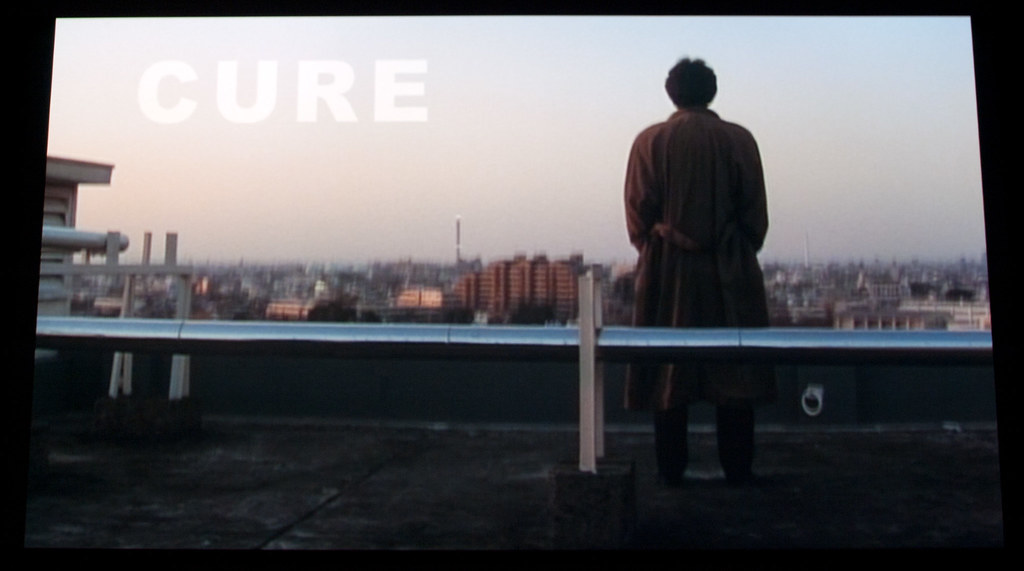
7. **Cure (1997)**
Kiyoshi Kurosawa’s Japanese psychological horror film, Cure, immerses viewers in a perplexing world where the motives behind a series of bizarre murders are terrifyingly elusive. The narrative follows a detective who investigates these crimes, finding the culprits relatively easy to apprehend. Yet, the true horror emerges from the lack of any discernible, satisfying motive from the perpetrators, creating a deeply unsettling atmosphere of inexplicable violence.
As the investigation deepens, the detective begins to suspect that the seemingly random criminals are, in fact, being hypnotized into committing their violent acts. This leads him to a man he believes to be responsible for orchestrating these events, a figure whose influence seems to transcend normal understanding. The villain in Cure is depicted as almost “omnipotent,” suggesting a pervasive and unstoppable form of evil.
The detective eventually confronts and even manages to kill the hypnotic man. However, in a truly chilling final scene, the film makes it unequivocally clear that the evil force he fought against is far from vanquished. The ending powerfully demonstrates that the malevolent influence lives on, ensuring that the villain, in a broader sense, ultimately triumphs by proving that the darkness he unleashed cannot be simply eliminated, leaving a lasting impression of pervasive psychological horror.
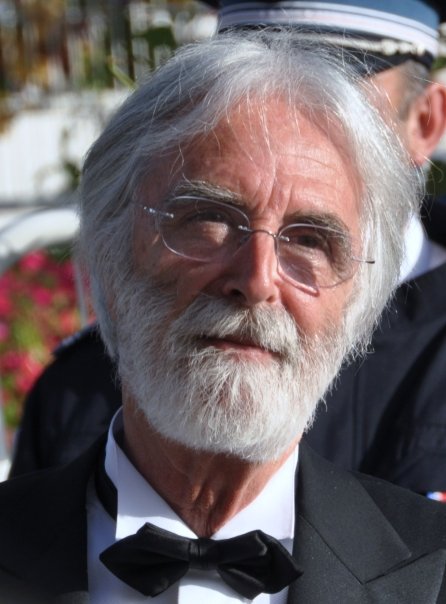
8. **Funny Games (1998)**
Michael Haneke’s Funny Games is a brutal and unflinching commentary on violence, presented through the horrifying lens of a home invasion. The film introduces two outwardly preppy young men, Peter and Paul, who insidiously invade a family’s home, not for theft or material gain, but to systematically destroy their minds before ultimately killing them. Their polite, yet utterly sadistic, demeanor makes their actions all the more disturbing.
For a brief, agonizing moment, a glimmer of hope appears when the family’s matriarch manages to kill one of the antagonists. This small act of resistance, however, is swiftly and brutally undone by a deliberate breaking of the fourth wall, a shocking narrative device that further implicates the audience in the horrifying proceedings. This cinematic choice underlines the film’s self-awareness and its critical stance on the consumption of violence.
The film culminates in the complete annihilation of the family by Peter and Paul, who then nonchalantly move on to their next set of victims. This utterly bleak conclusion, described by Critics’ Consensus as a “sadistic exercise in chastising the audience,” leaves no room for conventional heroism or justice. The villains achieve their full, horrifying objective, emphasizing the film’s grim message that sometimes, evil is not only arbitrary but also entirely triumphant and unpunished.

9. **Unbreakable (2000)**
M. Night Shyamalan’s Unbreakable, the first film in a trilogy that continued with Split and concluded in Glass, explores the concept of real-life superheroes and villains. The narrative begins with David Dunn, an ordinary man portrayed by Bruce Willis, who astonishingly survives a deadly train accident without a single scratch. This inexplicable immunity sets him on a path of self-discovery, prompted by the enigmatic comic book expert Elijah Price.
Elijah Price, played by Samuel L. Jackson, a man with brittle bone disease who calls himself “Mr. Glass,” encourages Dunn to explore the extraordinary abilities that are now emerging within him. Price’s guidance appears benevolent at first, seemingly helping Dunn embrace his destiny as a hero. However, as the plot meticulously unfolds, a far darker truth is revealed, turning the narrative on its head.
It is shockingly uncovered that Elijah Price himself is the mastermind behind a series of tragic “accidents,” including the very train derailment that David Dunn survived. Price orchestrated these catastrophic events with a singular, malevolent purpose: to seek out a real-life superhero, thereby validating his own existence as a supervillain. Even though Price is ultimately confined to a psychiatric hospital, his grand, sinister plan works perfectly, achieving his goal of creating a hero and, by extension, confirming his own villainous identity. This chilling twist ensures that the villain’s elaborate scheme comes to fruition, marking an undeniable triumph.
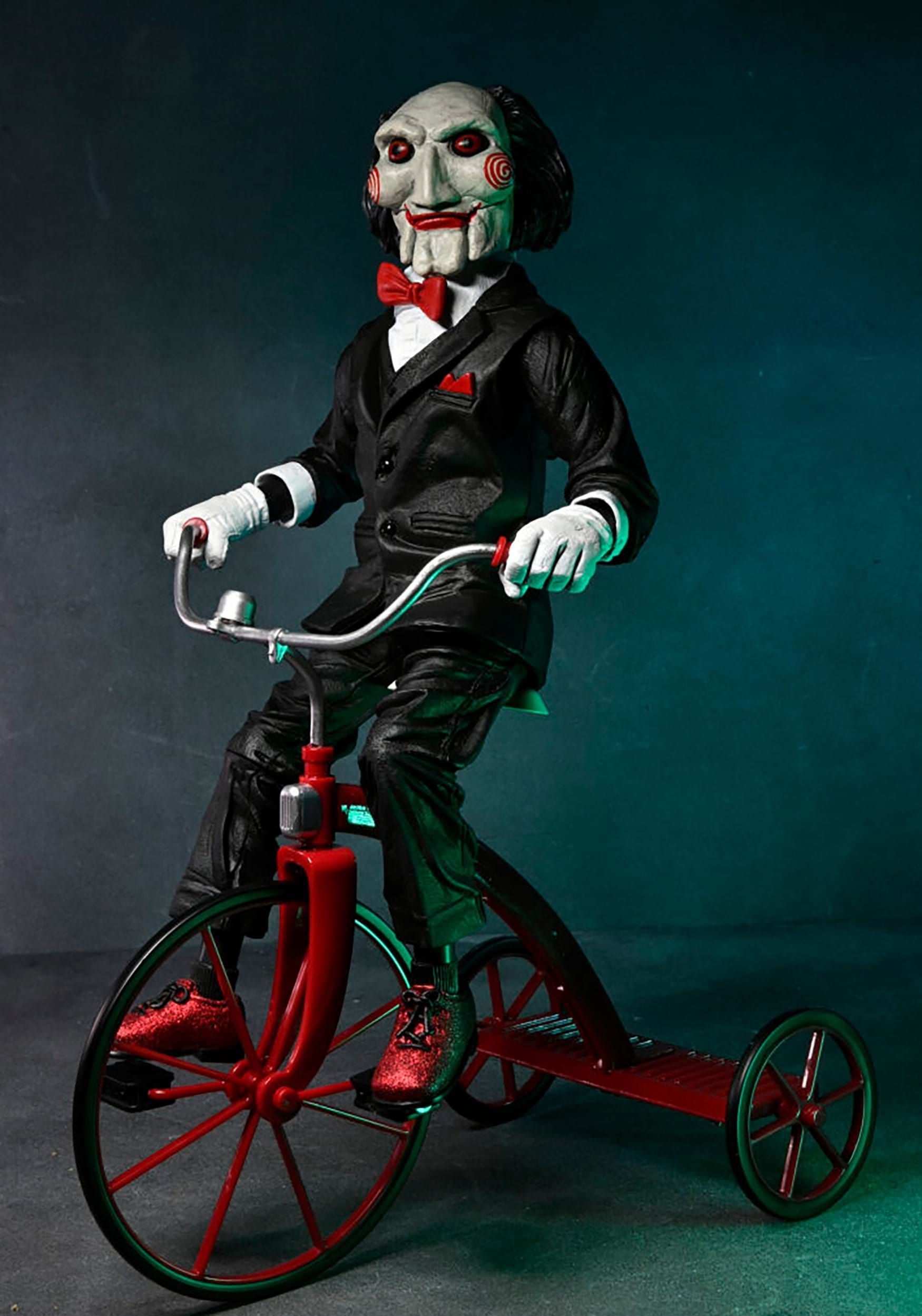
10. **Saw (2004)**
Saw, the inaugural film in the massively successful and long-running horror franchise, immediately plunges its audience into a nightmarish scenario. Two strangers, played by Cary Elwes and movie co-writer Leigh Whannell, awaken to find themselves chained by an ankle to a wall in a mysterious room. They are forced into a deadly game, reminiscent of a supremely dangerous escape room, where they must meticulously piece together their connection and the sinister reason for their predicament.
The architect of their terrifying game is the enigmatic John Kramer, famously known as Jigsaw, portrayed by Tobin Bell. Throughout the ordeal, the trapped victims struggle to understand their unseen tormentor, desperate to find a way out of the elaborate and gruesome traps set before them. The film expertly builds tension, as the characters—and the audience—try to anticipate Jigsaw’s next move and his ultimate motive.
In a truly shocking and iconic twist, the mastermind behind their horrific predicament is revealed to have been in the room the entire time, posing as a dead body. Jigsaw’s chilling revelation confirms his absolute control and cunning. He is the only one who walks out of the room alive and unscathed, making his victory complete and unchallenged. This audacious display of villainous triumph solidified Saw’s place in horror history, leaving audiences stunned by the antagonist’s brilliant and ruthless success.
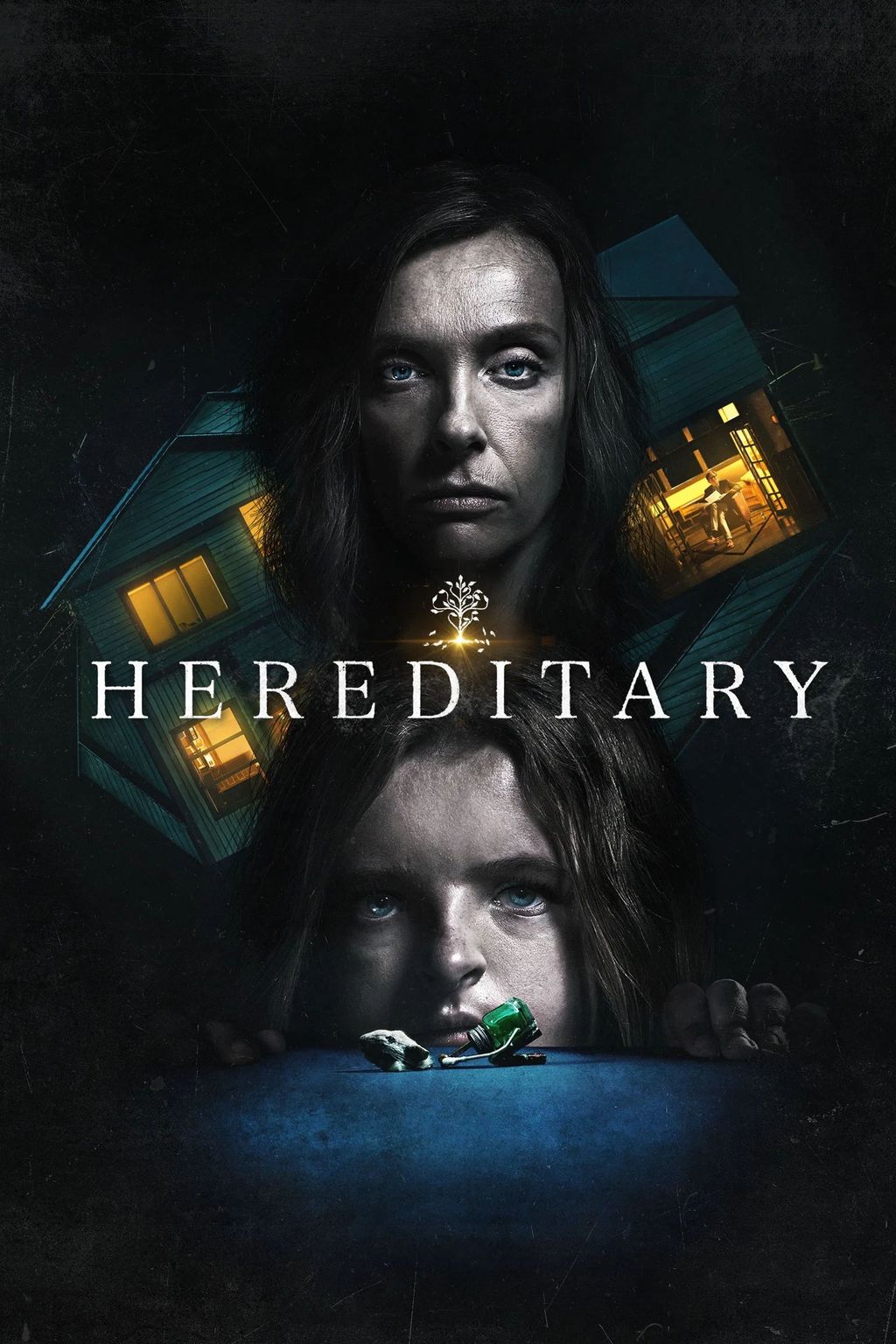
11. **Hereditary (2018)**
Ari Aster’s supernatural horror masterpiece, Hereditary, presents a visceral and profoundly disturbing portrayal of a family torn apart by the insidious forces of a demonic cult. The film centers on Annie, played by Toni Collette, the matriarch of a family whose already troubled history significantly contributes to the escalating chaos that engulfs them following the death of Annie’s reclusive mother. This tragedy opens a portal to unimaginable horrors.
As the family grapples with grief, they find themselves increasingly ensnared in a terrifying web of dark rituals, unexplained phenomena, and the chilling reality of witchcraft. The narrative meticulously builds a pervasive sense of dread, revealing disturbing family secrets and the sinister intentions of a cult dedicated to a demon-king. The film’s psychological intensity and visceral horror elements combine to create a deeply unsettling experience.
Ultimately, despite any fleeting moments of resistance, the malevolent will of the demon-king Paimon is unequivocally brought into our world. This terrifying culmination ensures the complete triumph of the demonic cult and their ancient, dark agenda. The ending leaves the audience with a profound sense of despair and the chilling realization that, in this horrifying tale, the forces of evil have decisively won, cementing *Hereditary* as a modern benchmark for how villains can achieve their darkest desires.
These modern horror films, much like their predecessors, powerfully demonstrate that sometimes, darkness prevails. They shatter the comforting illusion of neat resolutions and triumphant heroes, instead presenting worlds where evil is unstoppable, cunning, or simply inherent. These narratives leave a lasting psychological impact, forcing us to confront the unsettling possibility that our deepest fears can indeed materialize and conquer, long after the credits have rolled.



